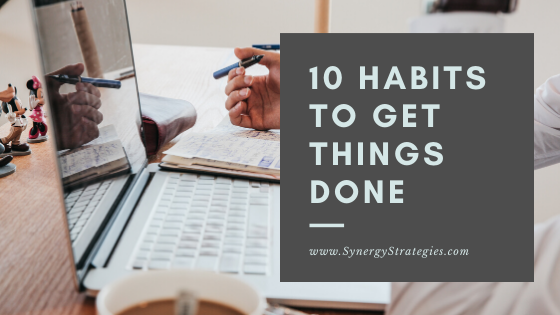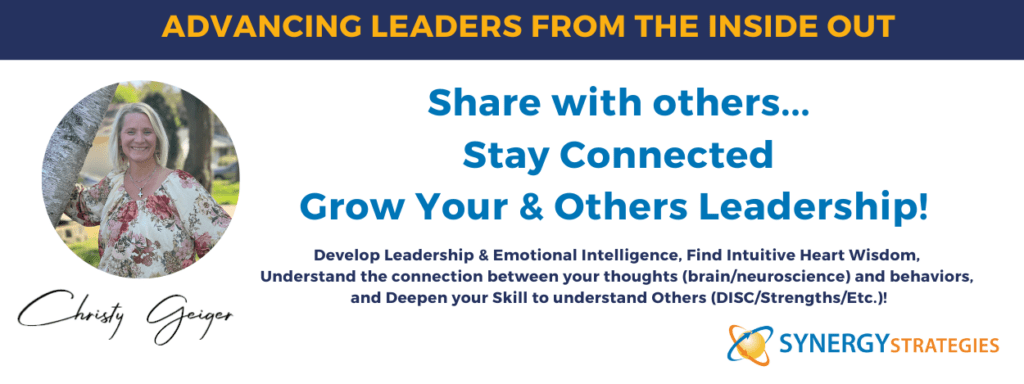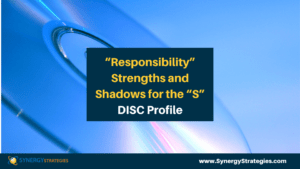In today’s busy world, with the holidays approaching, how do you get more done? It is a topic that continues to be pressing in our active world today.
Here are a few classic tips that save time but are not always standard in people’s habits.
1. Appointment setting – Often people go back and forth with long text or email conversations to schedule appointments. Create a free google calendar for yourself on YouCanBookMe.com so people can pick and schedule a time. If your schedule is not able to be standardized, at least shorten the correspondence by suggesting three times vs. messaging back and forth. It is amazing how many messages it can take to get one appointment unless one communicator puts forth multiple options to expedite finding a time.
2. Measure your results; maximize your time – When doing things, many of us would love to take all the time in the world to make it “perfect”. The problem is “perfect” is not only hard to achieve but is usually not “cost-effective”. This doesn’t mean you have to ditch excellence, but it does mean you have to understand what is 80% Optimum. Recently at a conference, a speaker suggested a concept called “Get-mo” short for “Get More”. It is similar to the philosophy of Optimum. It is looking at the task at hand, the time you have and finding creative solutions to achieve the outcome. It is the epitome of maximizing time. Understand what is a “reasonable” amount of time to do a task or project or “time available” and then find a way to accomplish the results in that limited scope of time. Period. Much time is wasted or absorbed in tasks that take way too long, which then results in mistakes, rework, parts that now need different solutions, plus new emergencies that cut in line because a task is taking way too long.
3. Have Daily Routines. Many routines we have are invisible to us. Think about how many things you do in the AM when you wake up. Most people have it down to a little routine that they go through pretty “mindlessly”. If you are intentional to take a few more tasks that you have on a regular basis and bundle those into AM Habits and PM Habits your mind will count them as “one” task (vs the number of tasks that are bundled into that routine). When you do them in the same order each day and do the routine consistently, the task will move from conscious awareness and effort to the subconscious ability to execute. This means you will be able to do it quickly while your brain is able to hold or prepare for other things.
4. Stop multi-tasking & focus on one thing and finish. The more stressed we get, the more common it is to leave things half done. We start something and then are distracted or jump to another task, often associated with what we were doing, but by the end of the day, we can feel frustrated that lots were touched but nothing was done. The key to getting traction is to FINISH. You have to pick one task; then be disciplined and keep yourself focused to the FINISH. It is important the task is a specific action vs a project, however, if you outline the “step” that needs to be done, focus there and get it done.
5. Be organized. Have systems for your things and label them. My friend who is a Professional Organizer taught me this years ago. She even had me label sections of my bulletin board! It helps to keep things organized and find or process things. When you get a new contact, enter it in your phone, get the right information, and enter it with your “contact naming configuration”. Some people will leave numbers unlisted and then search for that person later when they have the information but didn’t “enter” it. If you do these things when you first get them, you will find great time savings. When you send emails, use the subject line. It will help for searching, sorting, and finding later. When you have files, have a “file system” so you can file things in the right place. It is easy to save everything to your desktop or C: drive, but then difficult to find. If you have a system with your key folders set up and then have that same system in email, soft folders, and paper folders, you will find your mind is able to organize and conform to the system quickly.
6. Start with the end in mind – know the goal and what you are trying to accomplish. As was said in point 4, know what you are really trying to accomplish. Sometimes we start projects or tasks, only to get stuck with needing more information, supplies, another part to be done, etc. This often results in partially done projects sitting. This not only takes up space and mental energy but it is emotionally distracting to have partially finished projects. Whenever possible know what the “end” is and work to finish the task to the end.
7. Have a list and a plan. Some people believe they have a great memory and don’t like to write things down. Sometimes we feel too busy to stop and make a list. Other times people are just not “list makers”. The thing is, making a list is helpful for your brain. It clears the different thoughts floating around and allows the organization of those thoughts and priorities. It doesn’t matter what “type” of person you are or not, the brain works more efficiently when you are able to download thoughts and tasks, organize priorities on a list and get going.
8. Get to the point. Small talk and connecting relationally is important, however, time is often wasted by being unprepared for what the goal is and the purpose of the time. In meetings (even a 1-1) have an agenda, have an identified goal and focus on that, set a time limit, stand up for meetings, have a note taker, highlight actions. Time is valuable for everyone and most people appreciate it when you respect their time and keep things on track.
9. Declutter. While some people feel that “stuff” is not a problem or is an “organized mess”, the truth is humans work faster with a clear desk and organized space. You can find things faster, loose things less and are more focused. There was a study done years ago that studied people at their desk with it cluttered vs decluttered and even those who loved and wanted to keep a cluttered desk, were proven to work faster and more efficiently without the clutter. Take time daily to clear your desk. Take time nightly to “clean sweep” and pick up your home. Clear and clean your car, bag, whatever you use on a regular basis. It will make a difference.
10. Wake up early. First things first. What is most important should be done first thing of the day. That is why “Eat that Frog” is a great concept and “Miracle Morning” is a critical productivity tool. It gets your mind focused and all the “critically important” but not urgent items done.
I will confess, that I am NOT a morning person and it is not always easy for me to nail this, but it is true when you do these things (affirmations, mediations, work out, learning/reading, journaling, etc.) it gets you off on the right foot AND ensures that you do them. You can drag them along on your to-do list for the day and sometimes hitting these items at lunch, end of workday or PM is possible and a better time, but the truth is that what you want to MAKE SURE you do, do it at the top of the day! There might be items you do already and some you do not think you could do, but find and pick ONE that you can put into practice to support your efforts to get more done in your life!
10 Habits for a Fall Reset: How High-Performing Leaders Regain Traction






